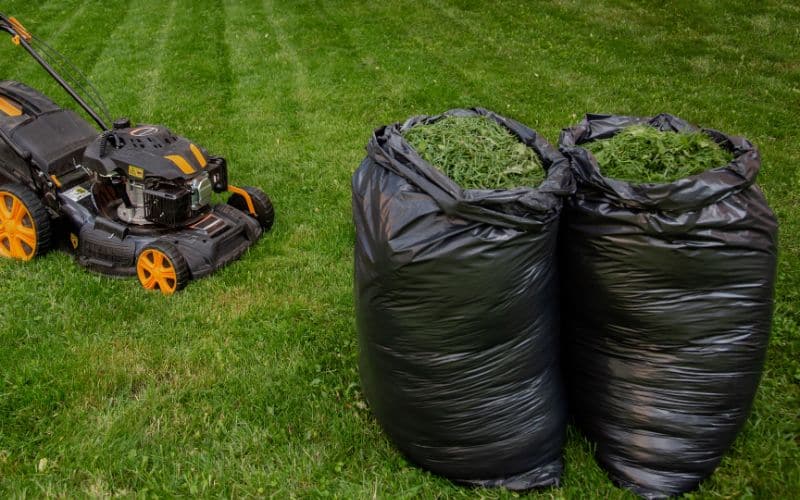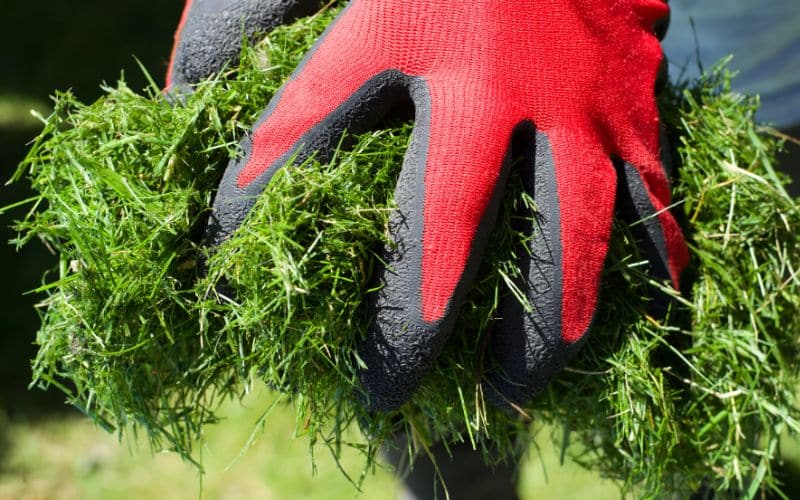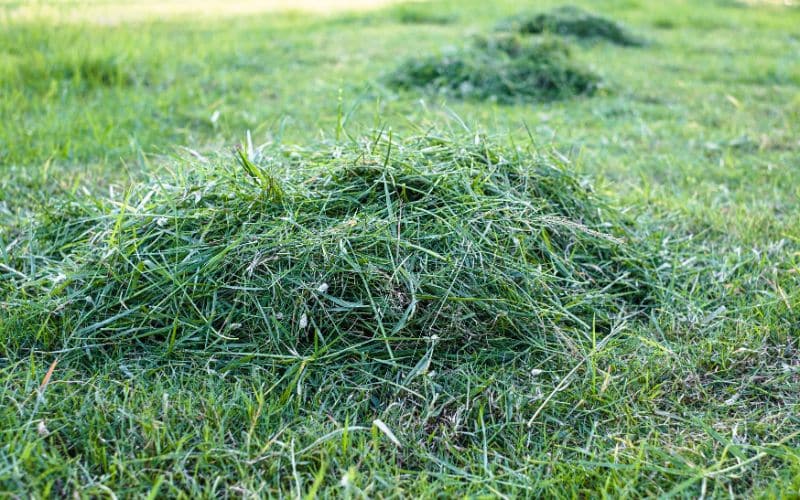
The Quest for the Perfect Lawn
Lawn—a symbol of pride for homeowners and a playground for kids and pets. But achieving that lush, green carpet of grass is no small feat. It involves a lot of seed, a bit of science, and yes, even some grass clippings. Let’s dive into the world of lawn care and discover how to use grass clippings to cover new grass seed effectively.
Why Cover New Grass Seed?
Covering grass seed is crucial for its successful germination. It helps to maintain moisture, protect the seed from birds, and even add some nutrients to the soil. Traditionally, straw has been the go-to mulch for this purpose. But what if I told you that the grass clippings from your last mow could be just as effective?
What Are the Benefits of Using Grass Clippings to Cover New Grass Seed?
When it comes to nurturing a vibrant lawn, grass clippings are the unsung heroes we often overlook. Their benefits are multi-layered, offering not just one, but several advantages that can make your lawn the envy of the neighborhood.
Firstly, grass clippings serve as an organic mulch that excels in retaining moisture. In the critical early stages of seed germination, maintaining consistent moisture levels can be the difference between a flourishing lawn and a patchy disappointment. By using grass clippings, you’re creating a natural barrier that locks in moisture, ensuring that your new seed stays hydrated even on those hot summer days.
Secondly, as these clippings break down, they transform into a powerhouse of nutrients. Rich in nitrogen, phosphorus, and potassium, decomposed grass clippings act like a slow-release fertilizer. This means your new grass receives a steady supply of essential nutrients right from the get-go, setting the stage for robust growth and a healthier lawn in the long run.
Is Using Grass Clippings as Mulch Effective?
Absolutely! Grass clippings can be an effective mulch for your new seed. They are readily available and cost-effective. Plus, they decompose faster than straw, providing quicker nutrients to the soil. However, it’s essential to use grass clippings sparingly to avoid smothering the new grass.

How Do Grass Clippings Help New Seed Grow?
Think of grass clippings as the ultimate support system for your fledgling lawn. Comprising a whopping 80-85% water, these clippings are a hydration haven for new seed. In an environment where consistent moisture is key, grass clippings act like a sponge, holding onto water and releasing it slowly to keep the soil moist. This is particularly beneficial during those dry spells when every drop counts.
But the benefits don’t stop at hydration. Grass clippings are also a natural source of nitrogen, an essential nutrient that plays a pivotal role in the color and growth rate of your grass. By using grass clippings to cover your new seed, you’re not just offering protection; you’re laying down a nutrient-rich welcome mat that says, “Grow, baby, grow!”
Straw Mulch vs Grass Clippings: Which is Better?
Straw mulch or grass clippings? Both contenders have their strong suits. Straw mulch is the heavyweight champion when it comes to covering large areas. Its structure allows for excellent water retention and provides a sturdy shield against the elements.
On the other hand, grass clippings are the agile, quick-to-act alternative. They break down faster than straw, acting like a rapid transit system for nutrients to reach the soil. This speedier decomposition means your new grass gets fed sooner, accelerating its growth and vitality.
If you’re after a solution that’s not just effective but also eco-friendly and budget-conscious, grass clippings take the cake. They’re a renewable resource that you produce every time you mow, making them a sustainable choice for the savvy homeowner.
Are Grass Clippings Good for My Lawn Overall?
In moderation, yes. Grass clippings can be a fantastic addition to your lawn care routine. They not only serve as a mulch for new seed but also act as a natural fertilizer for established grass. However, too much can lead to thatch buildup, so it’s all about balance.

How to Use Grass Clippings to Cover Newly Planted Grass Seed
Here’s a step-by-step guide:
- Mow your existing lawn and collect the grass clippings.
- Sow your new grass seed as per the type of grass you’re planting.
- Lightly spread the grass clippings over the seeded area. Aim for a quarter-inch layer.
- Water the area thoroughly.
Common Mistakes to Avoid When Covering Grass Seed with Grass Clippings
- Overdoing It: Too many grass clippings can smother the new grass.
- Using Diseased Clippings: Make sure the lawn clippings you use are free from disease.
- Ignoring the Type of Grass: Different types of grass have different needs. Make sure your grass clippings are compatible with the new seed.
Can Grass Clippings on Your Lawn Harm the Environment?
Grass clippings can be a double-edged sword when it comes to environmental impact. On the one hand, they’re a green thumbs-up. These clippings are biodegradable and decompose swiftly, enriching the soil with valuable nutrients as they break down. In this sense, they’re a natural, sustainable choice that aligns with eco-conscious lawn care practices.
However, the environmental friendliness of grass clippings comes with a caveat. If your lawn has been treated with chemical pesticides or herbicides, those clippings could carry a toxic load. Using them as mulch or compost could introduce these chemicals into the soil, waterways, and even local wildlife habitats. In such cases, it’s best to steer clear of using treated grass clippings, as their environmental toll could outweigh their benefits.

Conclusion: Transform Your Lawn with Grass Clippings
So there you have it—a comprehensive guide on how to use grass clippings to cover new grass seed. It’s a simple, cost-effective method that not only aids in seed germination but also contributes to overall lawn health. So the next time you mow your lawn, think twice before you throw away those grass clippings. They could be the secret ingredient to your next lush, green lawn.
Happy lawn care, folks!








